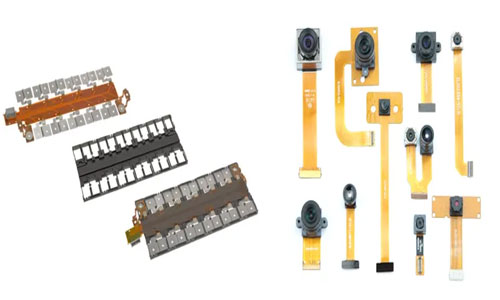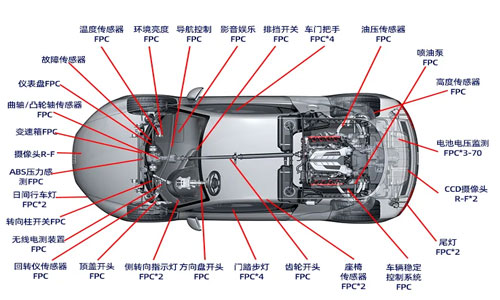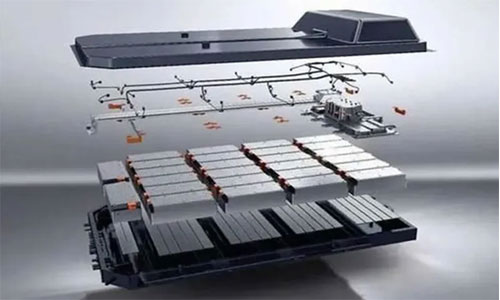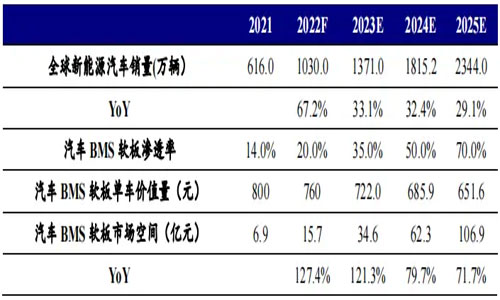FPC (Flexible Printed Circuit) and FCCL (Flexible Copper Clad Laminate) technologies are revolutionizing the automotive industry, particularly in the realm of new energy vehicles. These innovative solutions have the power to unleash the potential of electric cars, allowing for greater efficiency, flexibility, and sustainability.
FPC, as a flexible circuit board technology, offers numerous advantages in the design and production of new energy vehicles. It enables the integration of complex electronic systems in limited spaces, providing lightweight and compact solutions. This not only enhances the overall performance of electric vehicles but also contributes to increased driving range and energy efficiency.
On the other hand, FCCL serves as a key component in FPC technology, providing a reliable platform for electrical conductivity. Its high electrical and thermal conductivity properties ensure stable power transmission, while its flexibility allows for seamless integration into various vehicle components. This promotes enhanced safety, better manufacturing efficiency, and improved overall reliability in new energy cars.
Moreover, FPC and FCCL technologies pave the way for advancements in autonomous driving, smart connectivity, and energy management systems. With their flexibility and adaptability, these technologies enable the development of intelligent vehicles that can effectively monitor and control energy consumption, resulting in optimized performance and reduced carbon footprint.
Overall, FPC and FCCL technologies are driving the transition towards greener transportation by enabling the development of efficient, reliable, and sustainable new energy vehicles. Their integration in the automotive industry represents a significant step forward in creating a brighter, cleaner, and more interconnected future.
New energy vehicles have become an important trend in the future automotive industry. Reducing average power consumption and improving driving range are among the key areas of research. Many issues, such as driving range, charging, and safety, ultimately depend on the performance of the 'heart' of the vehicle - the power battery.
So, how can we achieve greater stability, reliability, and environmental friendliness in lithium batteries?
Starting with replacing traditional wire harnesses
During the production process of power battery packs, there are often troublesome issues to deal with, such as messy wire harness layouts, occupying space within the battery pack, manual assembly reliance, and the difficulty of achieving large-scale automated production.
As the 'nervous system' of new energy vehicles, lightweight wire harnesses play an increasingly important role in reducing energy consumption per vehicle. Currently, leading companies such as CATL, BYD, Tesla China, Guoxuan High-tech, and Contemporary Amperex Technology Co., Ltd. (CATL) have adopted FPC solutions to replace traditional wire harnesses.


▲ Application of FPC in automobiles
What is FPC?
FPC stands for Flexible Printed Circuit, also known as a flex circuit or flexible PCB. As an important component in the BMS system of new energy vehicles, the FPC collects data such as voltage and temperature from the power battery cells, connects data acquisition and transmission, and provides overcurrent protection. It also safeguards the power battery cells by automatically disconnecting in case of abnormal short circuits.
Previously, traditional copper wire harnesses were used for the collection lines of new energy vehicle power batteries. These conventional wire harnesses consist of copper wires surrounded by plastic. When multiple current signals need to be transmitted within a power battery pack, many wire harnesses are required, resulting in a large space occupation.
In the assembly process, traditional wire harnesses rely on manual fixing by workers, which leads to low automation. Compared to copper wire harnesses, FPC offers outstanding advantages in terms of safety, lightweight design, and well-organized layout due to its high integration, ultra-thin thickness, and flexibility. Additionally, the thinness and customized structure of FPC allow for robotic assembly, thus improving the automation level and suitable for large-scale production. The trend of FPC replacing copper wire harnesses is evident.
A single vehicle requires more than 100 pieces of FPC, while the quantity and area of FPC used in power batteries far exceed those used in vehicles. The rapid development of new energy vehicles drives a significant increase in demand for FPC in automotive power batteries."

The FPC has the following advantages in power battery modules:
High integration: It includes embedded fuses, connectors, chip-type NTCs, and aluminum/nickel terminals. It not only provides excellent and consistent electrical performance but also meets the design requirements for smaller and higher-density installations with three-dimensional wiring and the ability to change its shape to adapt to limited space. It is suitable for the development needs towards high density, miniaturization, and high reliability, achieving the integration of component assembly and wire connection.
Automatic assembly: fast and accurate assembly, which is conducive to automation; In the assembly and fault tolerance here, you can avoid a lot of manual errors in the harness design, and reduce a lot of opportunities for insertion errors at the connector level. Using FPC sampling, the Module integration process complexity can be reduced, and the connection between FPC and battery busbar can be automated welding, effectively reducing labor costs. Even if the customer is unable to mature automatic welding, the traditional screw locking method can still effectively reduce the manual input.
Ultra-thin thickness: 0.34mm in line area, 2mm in NTC.
Ultra-soft: the line area can be bent and assembled at 90° and 180°.
Lightweight: When the whole vehicle is used, the weight can be reduced by about 1kg compared to the wiring harness scheme.
Cost advantage: From the cost point of view, the cost of FPC itself is not high, for the connection cost, there is a great reduction.
The global automotive BMS soft board market penetration has increased, promoting market expansion. Compared with traditional wiring harnesses, automotive BMS soft board has advantages such as safety, lightweight, flexible process and automated production. New energy vehicles such as Tesla and BYD lead FPC solutions to replace traditional wiring harnesses, and the penetration rate of BMS soft board solutions is expected to continue to increase. We expect to further increase from 14% in 2021 to 70% in 2025, assuming that the value of automotive BMS soft board bicycles in 2021 is 800 yuan/car, and the average annual unit price is reduced by 5%. The corresponding BMS soft board market space will rise from 690 million yuan in 2021 to 10.69 billion yuan in 2025.
The global automotive BMS soft board market is expected to reach 10.69 billion yuan in 2025

FCCL materials are in urgent demand
All processing of FPC is done on FCCL. FCCL is the key substrate for the production of FPC, and the cost accounts for 40%-50%.
FCCL is mainly made of rolled copper foil, polyimide (PI) film or polyester (PET) film substrate film and adhesive, and the substrate PI film is its core raw material.
Contact: Pamela
Phone: +86 189 6365 3253
E-mail: info@industryprocess.com
Whatsapp:+86 189 6365 3253
Add: Yajing Industrial Park, No. 59 Shuangjing Street, Weiting Town, Suzhou Industrial Park
We chat
